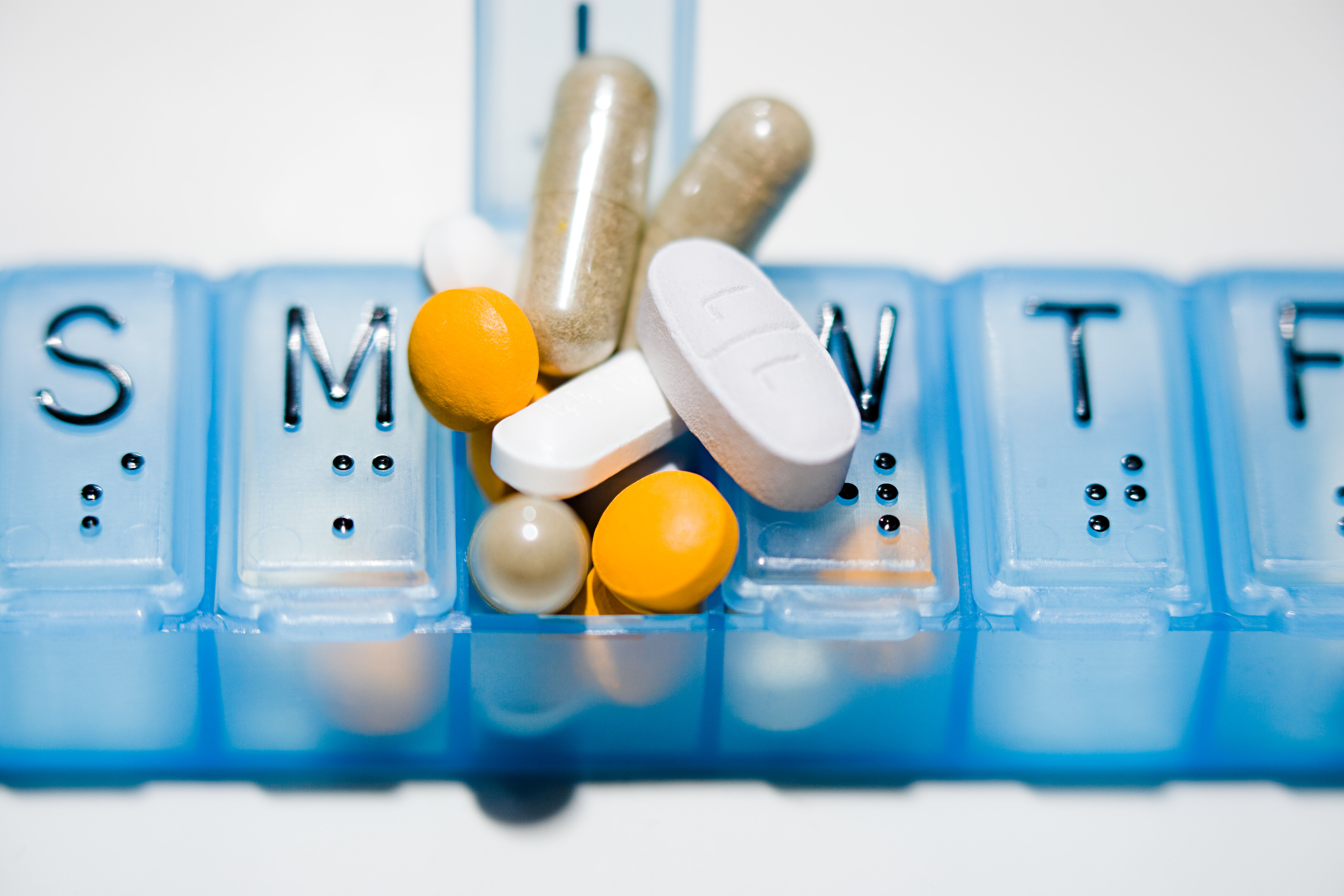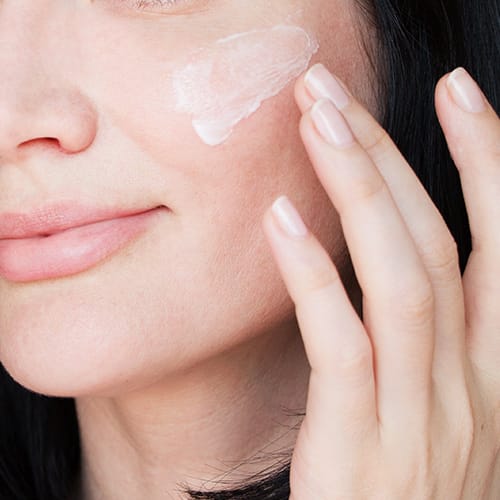When the patient taking two or more drugs are given simultaneously the effect of drug is vary to each other or exhibit synergism or antagonism. These means additive, Non additive, Super additive and No effect.
Synergism
When the action of one drug is increased by the other. These drugs are increased their action given alone or given with other.synergism can be Additive and Superaadditive.
Additive means the effect of two drugs are simply adds up. These are include the effect of Paracetamol and Aspirin as a Analgesic/ Antipyretic, Amlodipine and atenolol as a anti hypertensive.Most commonly used in diabetes is Glibenclamide and metformine. The side effect of these are not add up. The single drug is given the side effect of drug is more, so the drug combinations are better tolerated than higher dose of one component.
Supraadditive effect which means the effect of the combination of two drugs are greater than the individual effects of the components.in this case the drug given alone it will not produce significant effect, but it enhance the effect of other drug.These includes the inhibition of peripheral metabolism of levodopa by carbidopa/ Benserazide, The inhibition of neuronal uptake by adrenaline and cocaine/ Desipramine.
Antagonism
The one drug decreases or abolishes the action of another drug. That means an Antagonist decrease the activity of drug sometimes it’s inactivate the drug. The antagonist are Physical Antagonist, Chemical Antagonist, Physiological/ Functional Antagonist and Receptor Antagonism.
Physical Antagonists are based on the physical property of drug like the charcoal adsorbs alkaloids and prevent the absorption. the charcoal used in poison cases.
Chemical antagonists are the Two drugs acts chemically and produce an inactive complex. In case of heavy metal poisoning the antidotes form chelates, these chelates are chemically inactive complex.Nitrates with cyanide radical and forms methemoglobin. Some drugs are mixed in the same syringe or infusion bottle they forms complexes such that the thiopental sodium mixed with succinylcholine chloride as well as The anti coagulant Heparin mixed with Antibiotics like Penicillin/ Tetracyclines/ Streptomycin/ Hydrocortisone.
The Physiological/ Functional antagonist are the drugs acts on different receptors or by different mechanisms, but have opposite effect on same physiological function. these antagonist are glucagon and insulin on blood sugar level and Histamine and adrenaline on bronchial muscles and BP.
Receptor antagonists are include the one drug blocks the receptor action of the other. Receptor antagonists are selective (relatively) .These can be Competitive antagonism and Non competitive. Competitive antagonism are equilibrium type are chemically similar to agonist and it competes with bind to receptor at the same site. The partial agonists have same affinity for the same receptor, also competes with and antagonizes a full agonist, while producing a sub maximal response of it’s own. Non competitive Antagonists are chemically not related to agonist, binds to different site then they are unable to combine with the agonist. Non equilibrium antagonists are binds to receptor with strong bonds or it dissociates from it slowly due to high affinity


